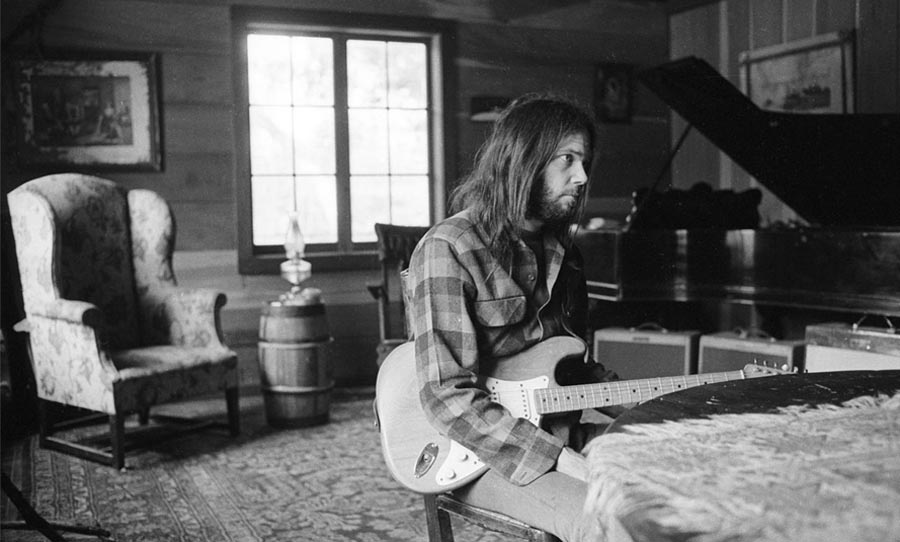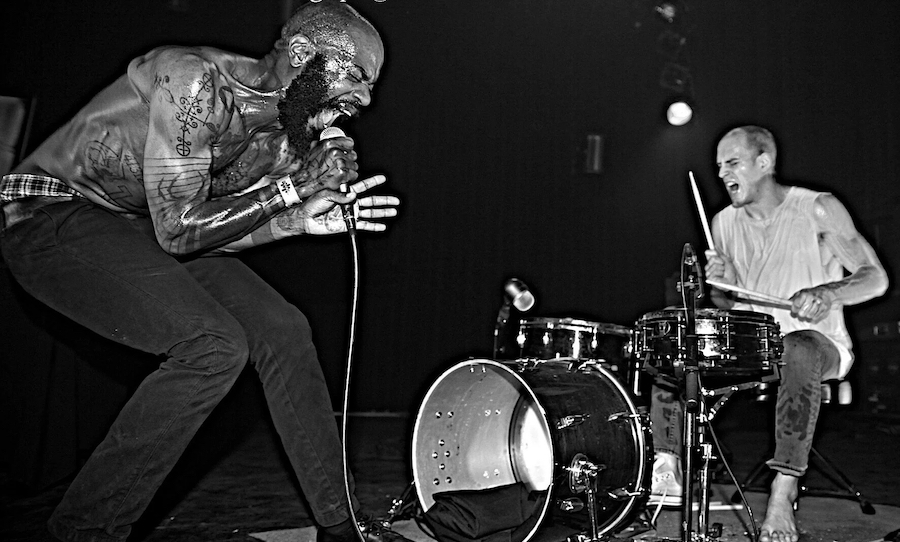Montaigne turned her newfound love of the skate park into a hyper-pop classic. Let’s explore the pack and discover how she did it.
Sydney songwriter and performer Montaigne has a special connection to the skate park. It ain’t for the faint-hearted — even the best have to eat their fair amount of shit. Little surprise then, that when she signed up to put her own Sydney Sounds pack together, the skate park was high on the wish list.
As you can imagine, it’s a veritable cornucopia of sonic possibilities. And in the skilled hands of Montaigne, the deck clunks, grinds and concrete scrapes were transformed into a huge hyper-pop beat. Let’s dive into the Ableton Live set to see how it was done.
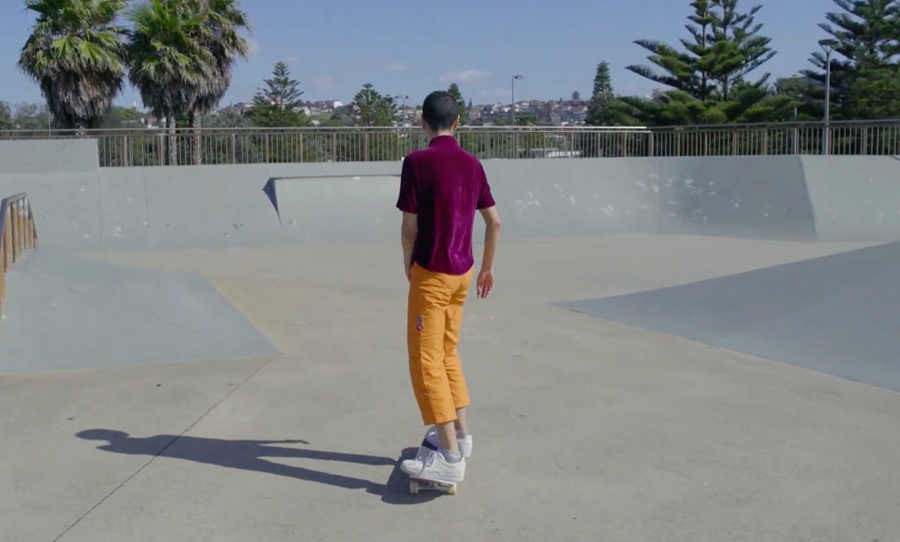
Tracking
First of all, the fun part! Getting down and dirty at the skate park. For this particular sound collecting adventure, Montaigne was geared up with a field recorder (Zoom F6) and a shotgun microphone (Sennheiser MKH 8060).
This no-fuss combo was just the thing for an action-packed shoot — lightweight, easy to operate, with the ability to capture dynamic and detailed sounds. The subtle but gritty tones of rubber and plastic on concrete, the resonant clangs of the rails, even the involuntary screams when stacking it — all these glorious sounds and more were fed into the recorder.
Now that the raw sounds were in the box, how were they transformed into hard-edged percussive and synthetic tones?
Processing
Percussion is at the heart of this anthem, so let’s start there. Montaigne divided kick drum duties between two different channels. The raw tones are quite similar, a quite polite and dull thud. Yet she transformed the kick into a raging beast by layering them, then processing them differently.
In the first half of the track, ‘kick drum 1’ features an aggressive low-mid treatment, with healthy dollops of compression, saturation, and limiting, along with the bump in the low-mids. ‘Kick drum 2’ has similar plugins, bit with a very different EQ profile — a much more subby and energetic sound. Layering them together toward the end of the track ensured an epic finale.
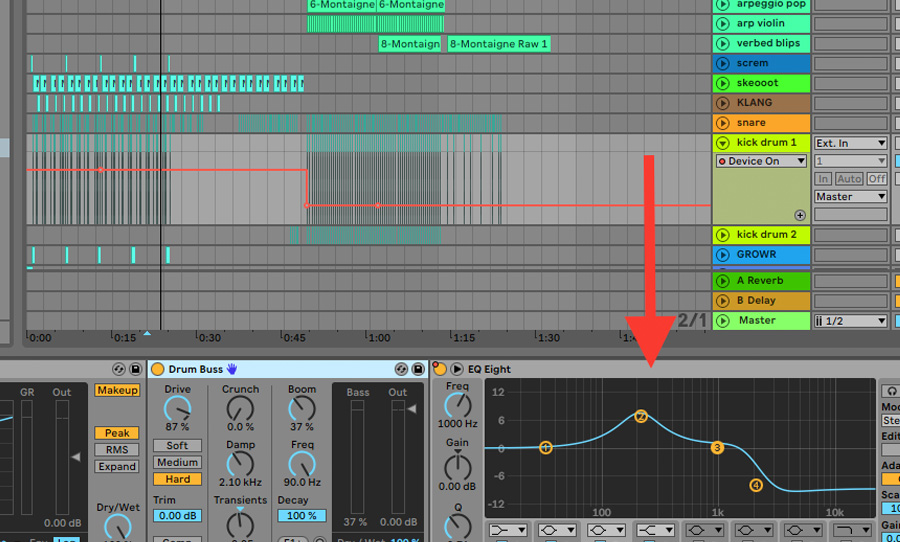
Adding to the club-style breakdown in the coda is some tasteful automation. In the snare track, there’s a downward-ramping filter, acting as a balm on the euphoria that preceded it. The tone itself is noteworthy: in its raw form, it’s a clipped wooden sound that is hard to identify (the first transient of a skateboard bashing onto a rail perhaps?).
Like many of the drum tones, it owes its aggressive character to liberal lashings of compression. The reverb here, though, is particularly fascinating. It’s functional in the way that it doesn’t have a unique flavour, but when you bypass it, the whole sound disappears in the mix.

Of course, there’s also a pitched element to the track. Constructed with the same raw materials from the skate park, the way that these sounds were processed differed from the percussion. Firstly, they were loaded into Simplers so they can be spread out, melodically, over the keyboard.
Take the ‘arpeggio pop’ and ‘arp violin’ channels for example. Both cycle around the same harmonic progression, though in different octaves. The violin channel features a faster rhythm, but the pop channel compliments this hyperactive movement with a ping-pong delay, adding an extra bubbly layer of rhythmic activity as the jam reaches its climax.
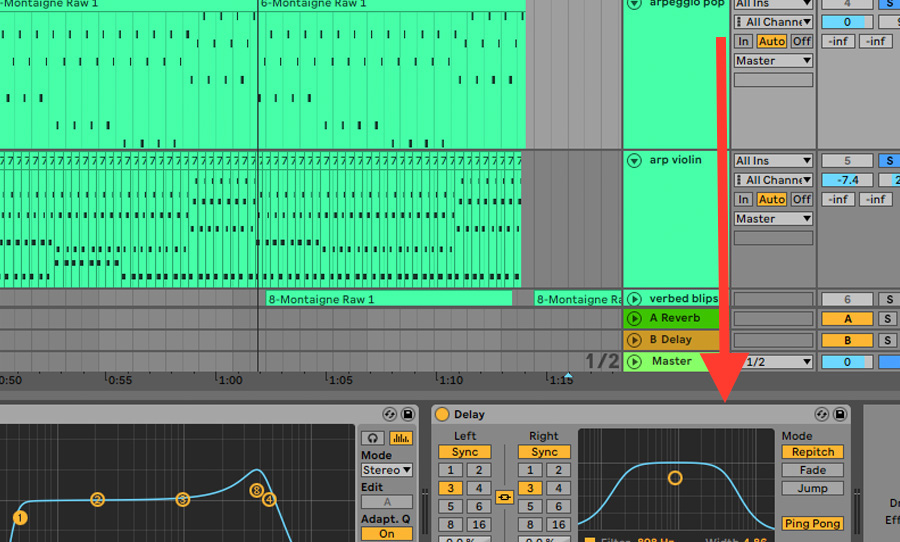
There’s not enough space in this article to nerd out on all the tools that Montaigne used to create her hyper-pop ode to the skate park. The best thing you can do is download the pack (heck, why not download all the Sydney Sounds packs?) and create your own experiments. There’s no doubt you’ll find ample inspiration.

